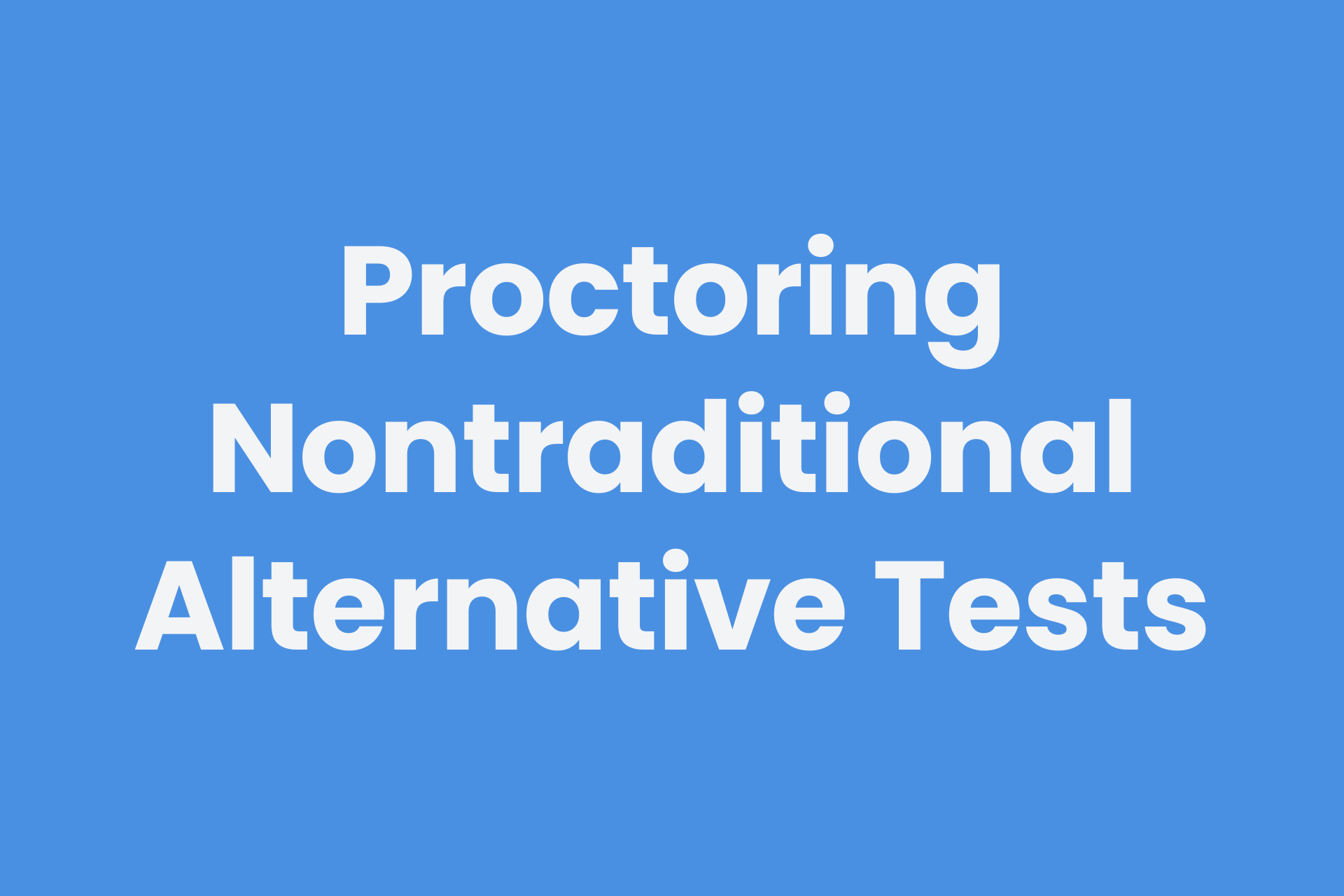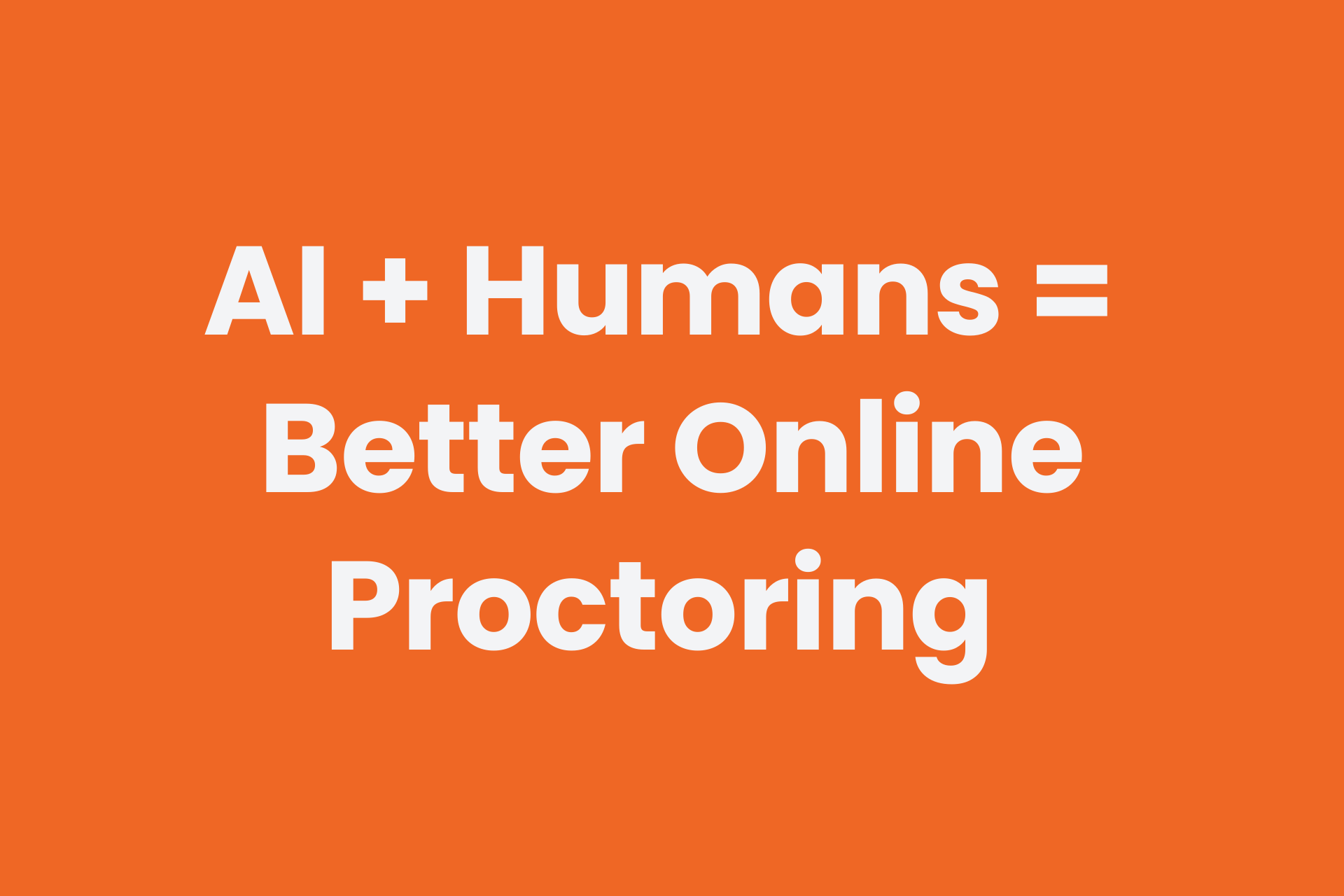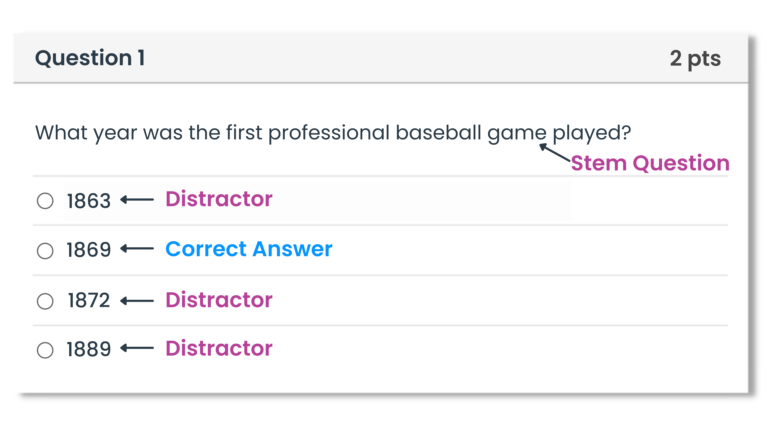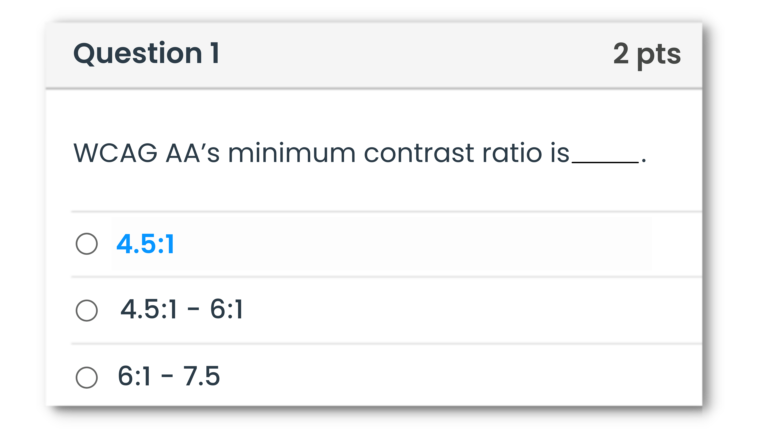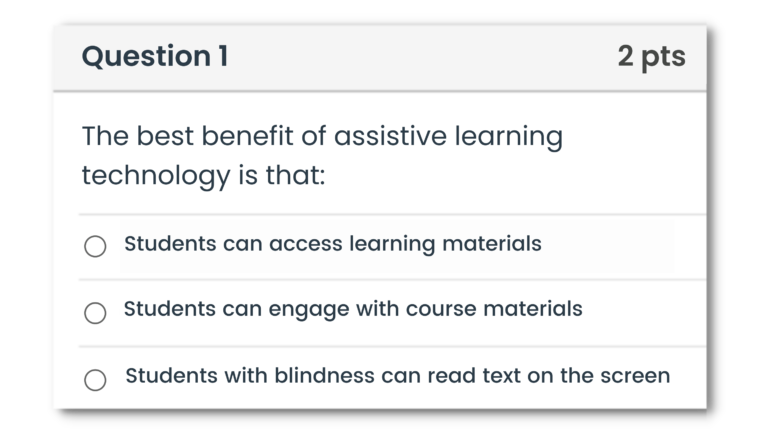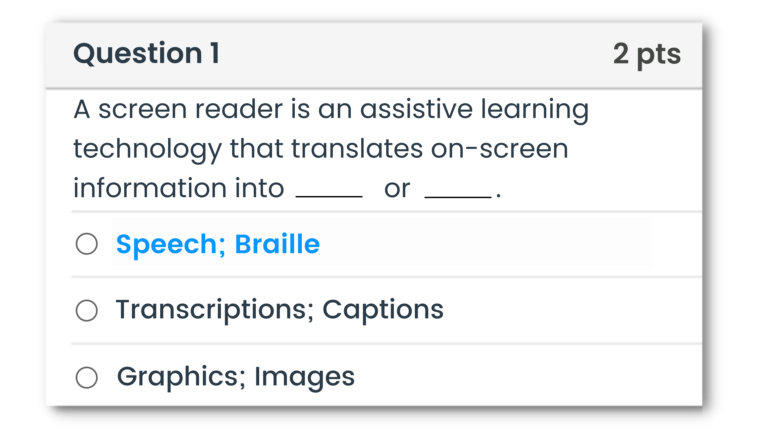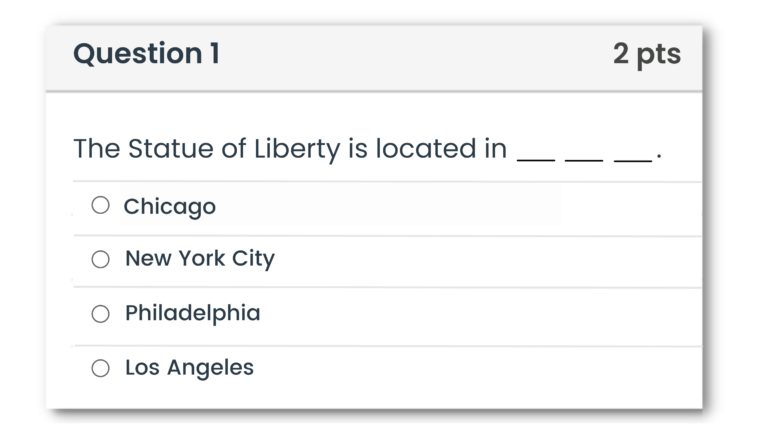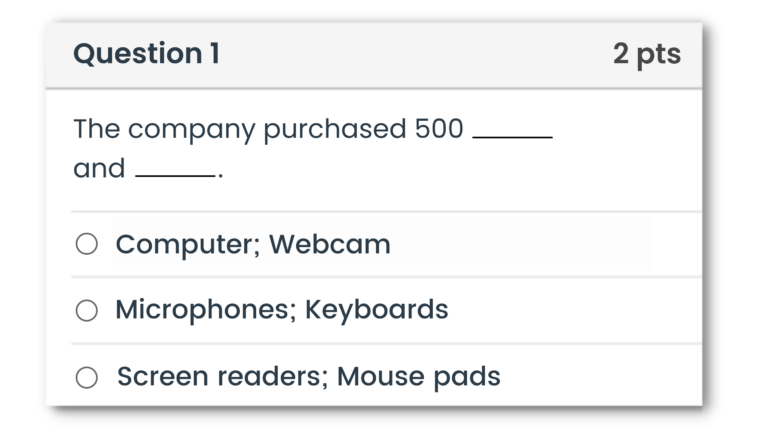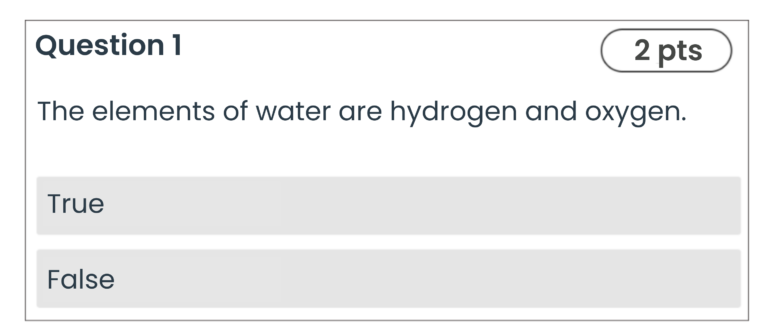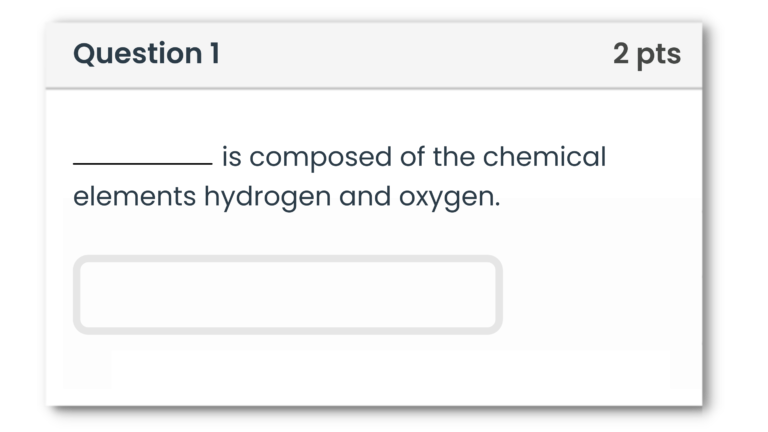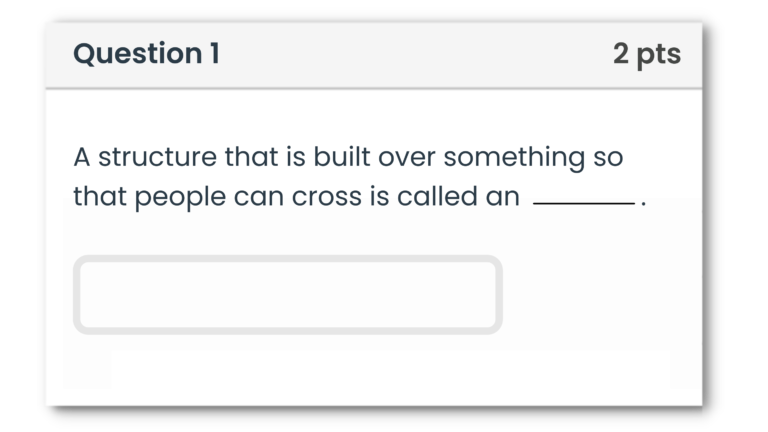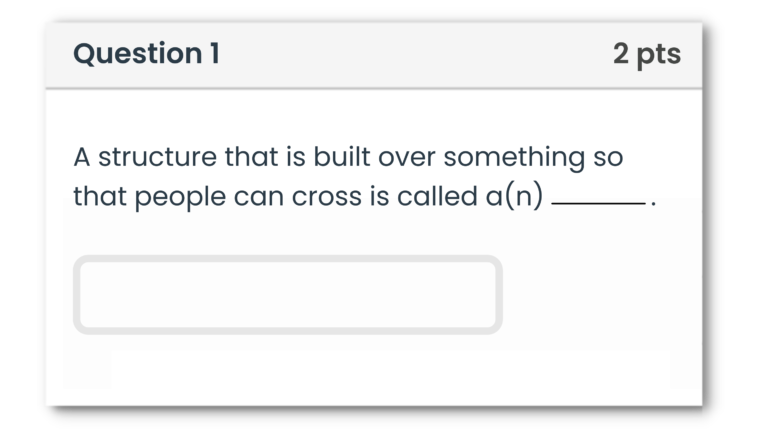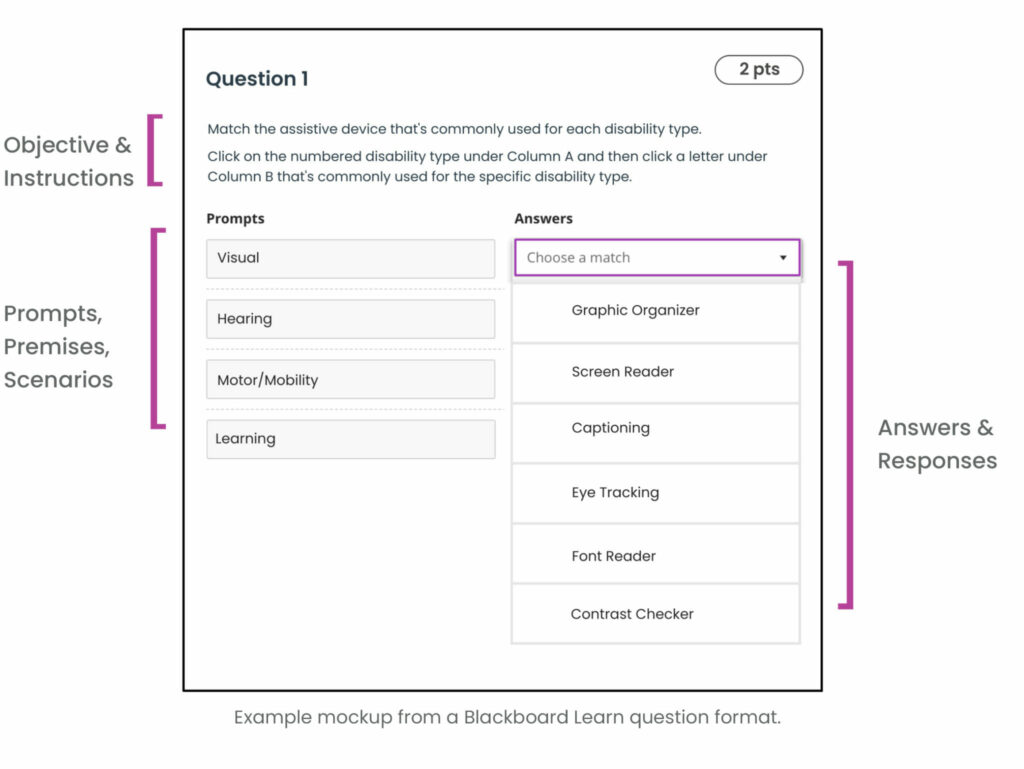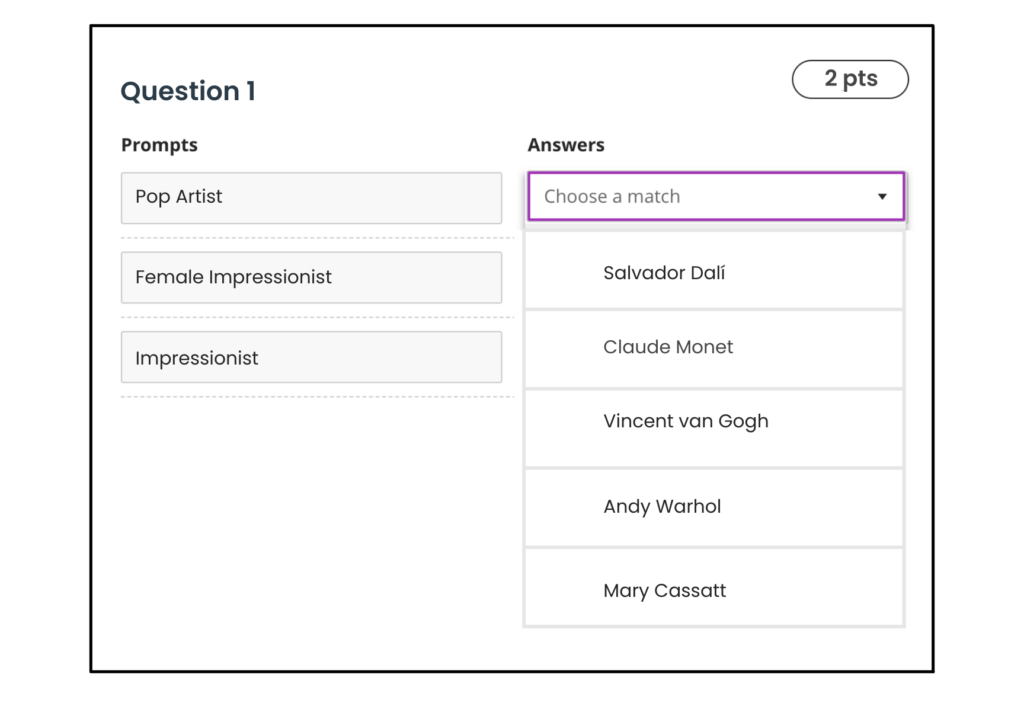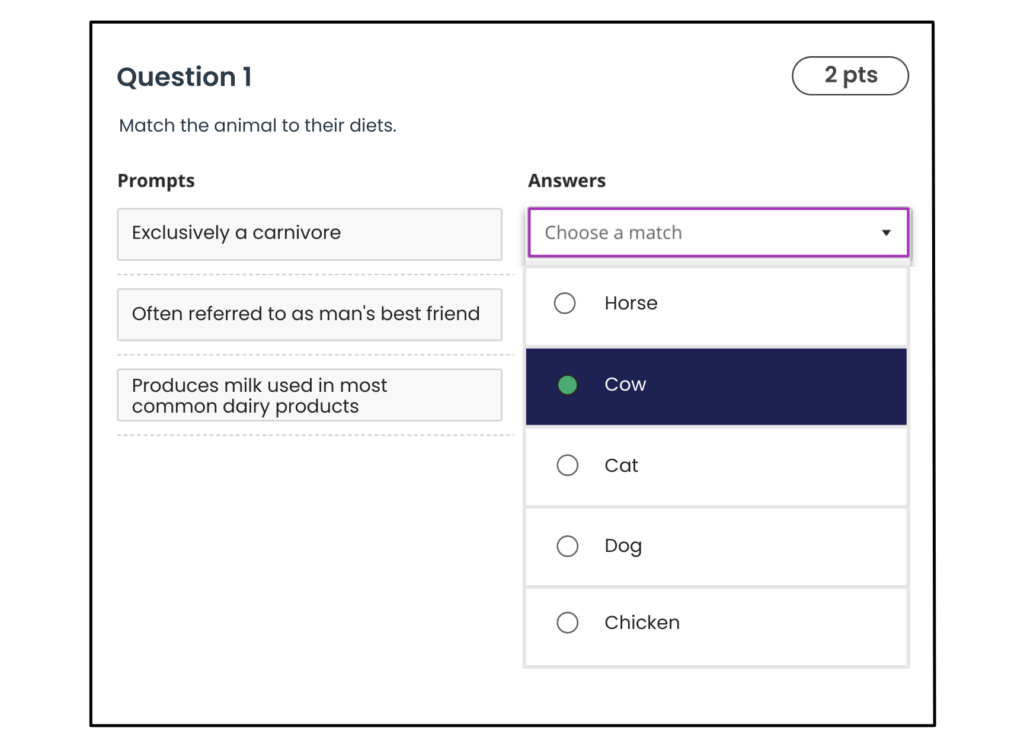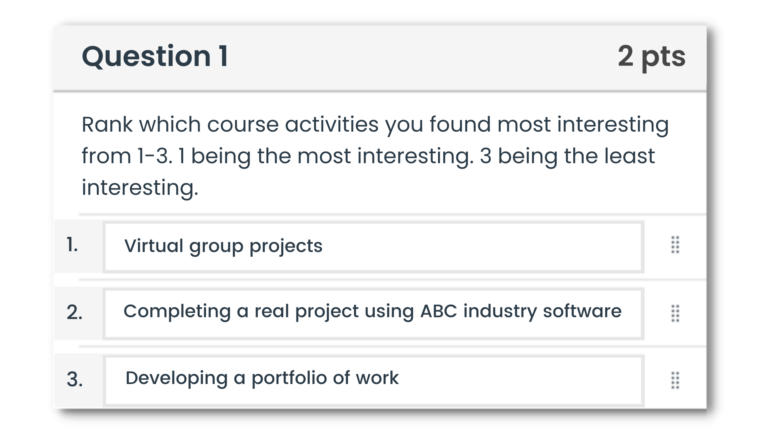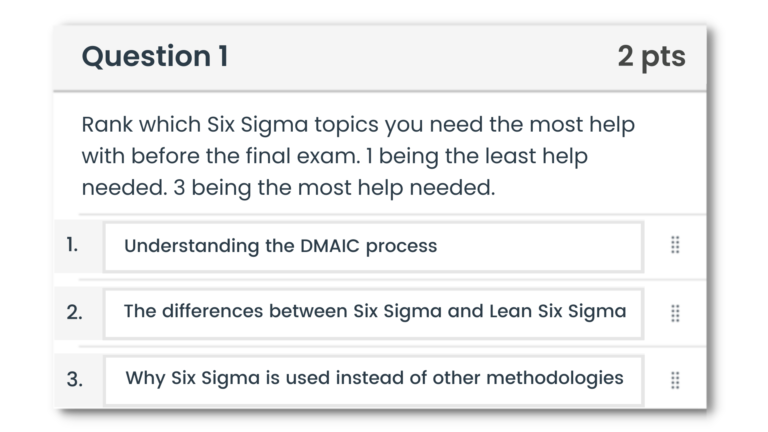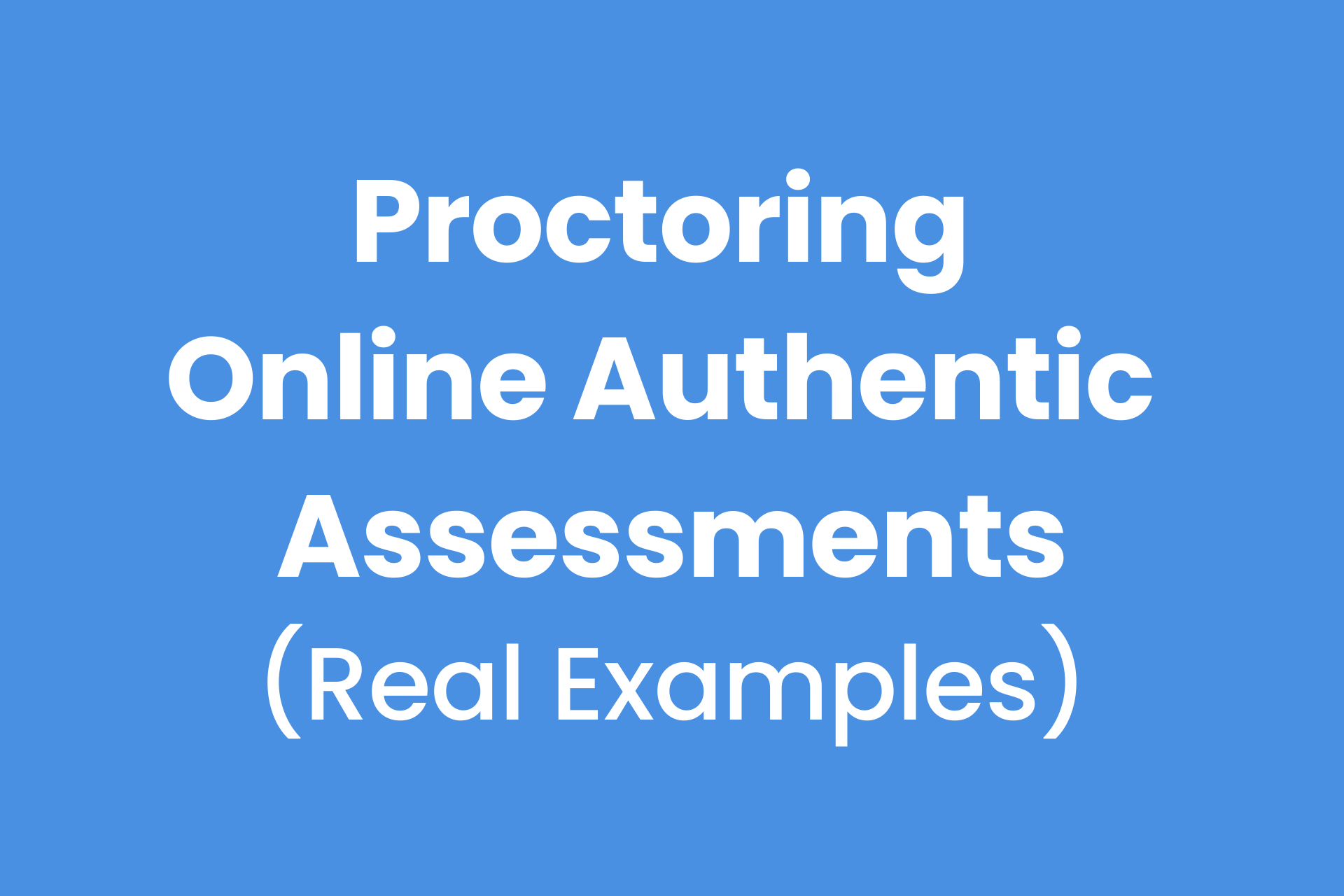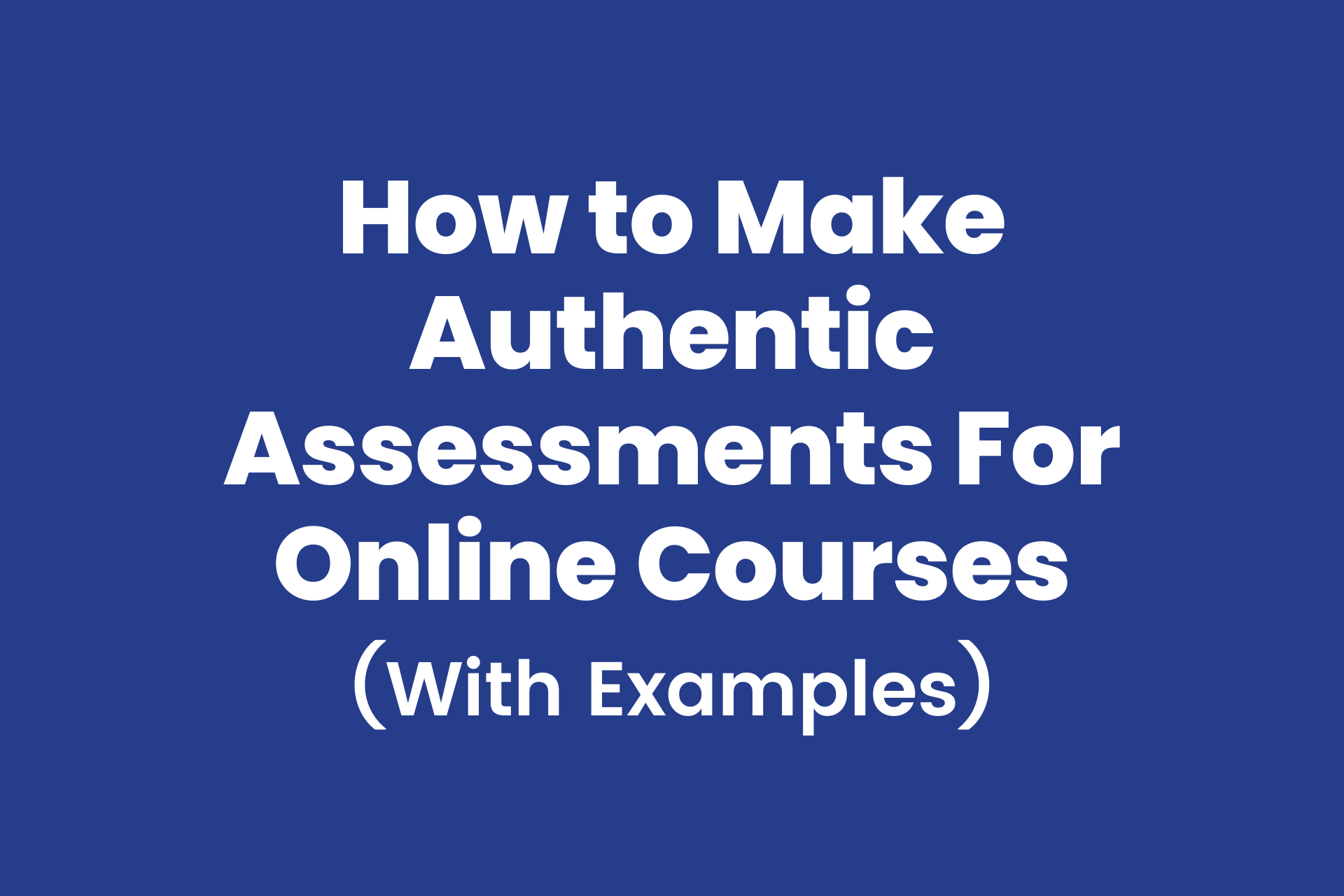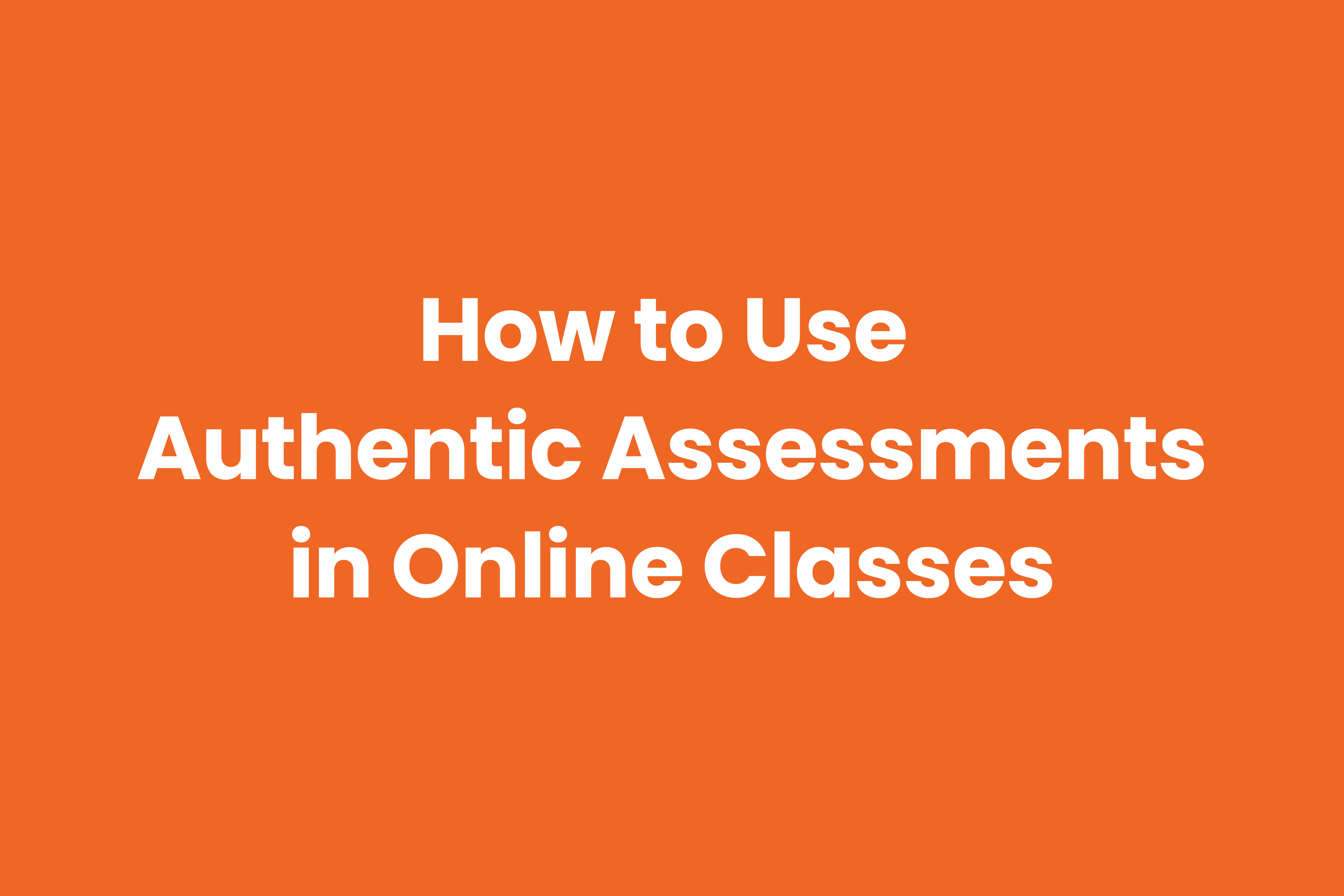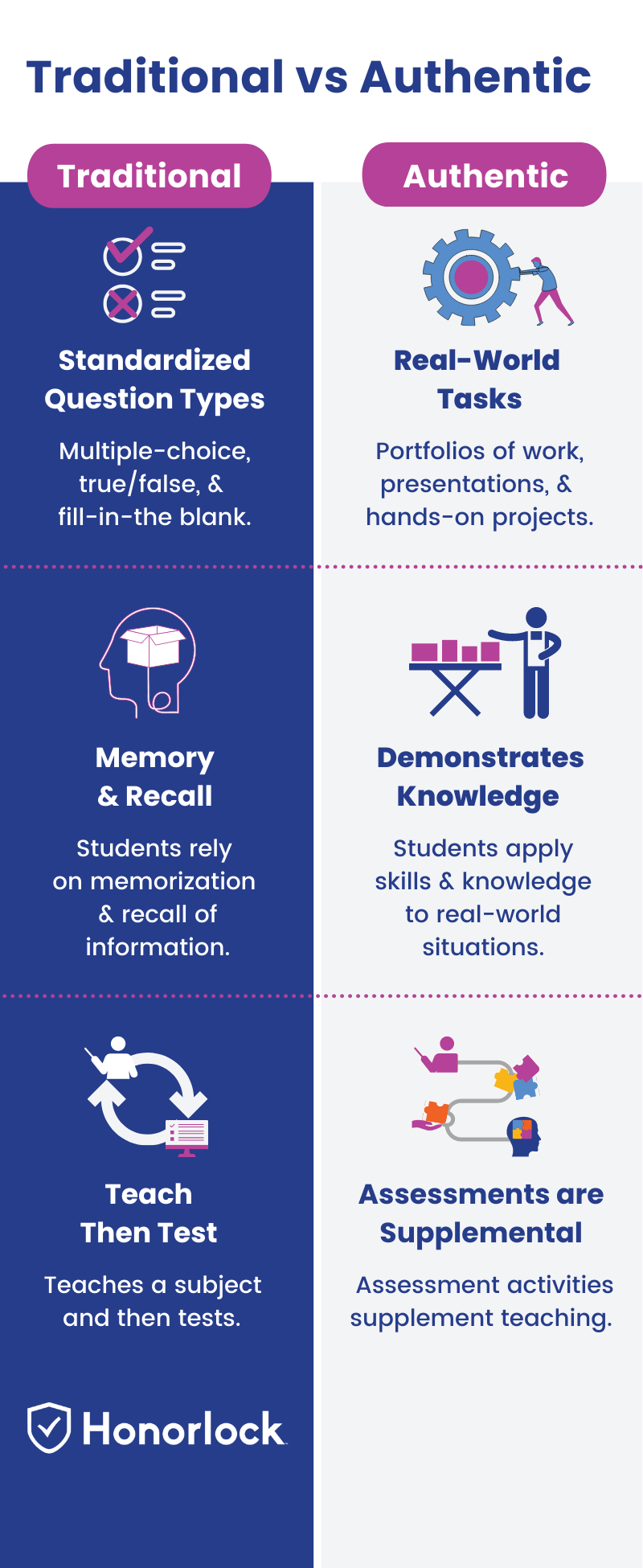How do cybercriminals get access to these credentials?
But academic dishonesty isn’t always black and white.
There are complexities and nuances that require a shift in the way we think about academic dishonesty.
With this shift, incidents of alleged cheating can be a learning opportunity, and you may even see a decrease in the amount of dishonesty in your courses.
This article will:
- Highlight the language we use when discussing academic dishonesty
- Discuss the reasons why students cheat
- Show you practical alternatives to punishment that can help improve academic integrity
What is academic dishonesty?
- Cheating on an exam
- Plagiarizing an essay
- Lying and fabricating information
- Helping others cheat
In contrast, academic integrity is a code of ethics for students and others involved in the teaching and learning process to follow in their courses, exams, and overall behavior. Students should complete their own assignments, take their own exams, and earn their own grades.
Why do students cheat?
Students may cheat for any number of reasons, such as pressure from rising expectations, competitiveness, or even just opportunity.
But one thing that has significantly influenced students cheating is technology.
Technology provides quick and easy access to resources that help them gain an unfair advantage and curtail the learning process. Whether it’s finding leaked test content on the internet, asking Siri or Alexa for help during a test, and even having AI write essays for them, technology creates more opportunities to cheat.
Punishing students for cheating vs encouraging integrity
A common response to academic dishonesty is punishment.
But punishment is reactive, not proactive.
Students are only punished after cheating occurs. While it’s true that punishment can be seen as a deterrent, instructors should focus on improving academic integrity instead of punishing bad behavior.
Have groups of students work through scenario-based case studies
Create case studies with realistic academic dishonesty scenarios and have students work through them in groups.
By participating in these case studies as a group, students can have honest conversations about decision making and what they would do in very real situations with varying stressors and conditions. Practicing applied decision-making helps set the framework for upholding academic integrity in and out of the classroom.
By opening the door to dialogue about academic dishonesty and what constitutes cheating, you can create an environment where students are clear about course standards and what is and isn’t acceptable.
Communicate and develop a genuine connection with your students
The ability to communicate effectively and connect with your students can have a significant impact on your classroom.
But connecting with students takes more than learning their first names. You should make a real effort to learn about your students. Ask about their interests, goals, and hobbies – you may even have some things in common.
And tell them about yourself, apply emotional intelligence, be inclusive, encourage open communication, and be consistent.
In other words: make yourself human.
Rather than simply telling students, “Don’t cheat – or else,” have an open dialogue with them and infuse the importance of academic integrity in your communication efforts. This authentic effort to connect can go a long way to help support your efforts to improve academic integrity.
What’s all this have to do with Honorlock?
Honorlock takes a human-centered approach in everything we do.
Our approach to online proctoring is different because we strive to encourage positive decision making in a supportive environment rather than catching students cheating.
Honorlock test proctors are trained by a certified counselor and undergo rigorous training and shadowing – all to ensure they’re able to observe, intervene, and redirect student behavior in the testing environment. We even conducted a student survey with a university customer that showed our approach to online proctoring reduced student test anxiety.
Our proctors assume that students want to demonstrate knowledge, not cheat. Honorlock aligns with the goals of higher education to create a fair test environment and culture based on integrity.


